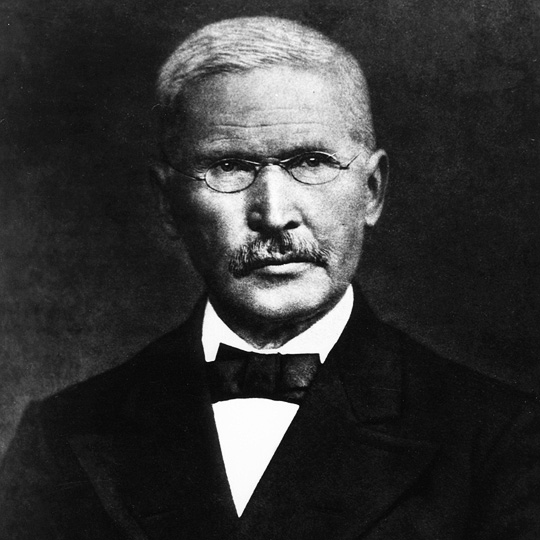|
Dual Chartering
Dual chartering refers to the system by which credit unions in the United States can be chartered under either of two governmental authorities; by either the federal government or by the state government.Rubenstein, JimDual Chartering Becomes Nebraska 'Concern'.''Credit Union Times.'' 5 Dec. 2007. This system exists because of the Federal Credit Union Act, which Congress passed in 1934. *Federally chartered credit unions (those with “Federal Credit Union” in their names) are chartered under the authority of the National Credit Union Administration. Federal credit unions insure their members share accounts through the National Credit Union Share Insurance Fund (NCUSIF), which guarantees the safety and soundness of the credit union. *State chartered credit unions may exist in states that allow for the chartering of financial institutions under the authority of the state. Unlike federally chartered credit unions, state chartered credit unions in some states may choose to insure t ... [...More Info...] [...Related Items...] OR: [Wikipedia] [Google] [Baidu] [Amazon] |
Credit Unions
A credit union is a member-owned nonprofit cooperative financial institution. They may offer financial services equivalent to those of commercial banks, such as share accounts (savings accounts), share draft accounts ( cheque accounts), credit cards, credit, share term certificates ( certificates of deposit), and online banking. Normally, only a member of a credit union may deposit or borrow money. In several African countries, credit unions are commonly referred to as ''SACCOs'' (''savings and credit co-operatives''). Worldwide, credit union systems vary significantly in their total assets and average institution asset size, ranging from volunteer operations with a handful of members to institutions with hundreds of thousands of members and assets worth billions of US dollars. In 2018, the number of members in credit unions worldwide was 375 million, with over 100 million members having been added since 2016. In 2006, 23.6% of mortgages from commercial banks were subpr ... [...More Info...] [...Related Items...] OR: [Wikipedia] [Google] [Baidu] [Amazon] |
Federal Credit Union Act
The Federal Credit Union Act is an Act of Congress enacted in 1934. The purpose of the law was to make credit available and promote thrift through a national system of nonprofit, cooperative credit unions. This Act established the federal Credit unions in the United States, credit union system and created the Bureau of Federal Credit Unions, the predecessor to the National Credit Union Administration, to charter and oversee federal credit unions. The general provisions in the Federal Act were based on the Massachusetts Credit Union Act of 1909,Presently codified at Mass. Gen. Laws ch. 171, §§ 1-84 (2008) and became the basis of many other state credit union laws. Under the provisions of the Federal Credit Union Act, a credit union may be chartered under either Law of the United States, federal or State law (United States), state law, a system known as dual chartering, which is still in existence today. Credit union law in the U.S. built on earlier legislation such as that devel ... [...More Info...] [...Related Items...] OR: [Wikipedia] [Google] [Baidu] [Amazon] |
National Credit Union Share Insurance Fund
The National Credit Union Share Insurance Fund provides deposit insurance to protect the accounts of credit union members at federally insured institutions in the United States. Created in 1970, the Share Insurance Fund is administered by the National Credit Union Administration, an independent federal financial regulator. The Share Insurance Fund is funded completely by participating credit unions, and not one penny of insured savings has ever been lost by a member of a federally insured credit union. The Share Insurance Fund is backed by the full faith and credit of the United States government. As of December 2016, Share Insurance Fund insured an estimated $1 trillion in member shares in more than 5,800 federally insured credit unions. Funding, premiums and dividends In 1970, Congress, approved, and then President Richard M. Nixon signed, Public Law 91-206, creating the National Credit Union Administration as an independent federal financial regulator. Soon after, Congre ... [...More Info...] [...Related Items...] OR: [Wikipedia] [Google] [Baidu] [Amazon] |
Credit Union
A credit union is a member-owned nonprofit organization, nonprofit cooperative financial institution. They may offer financial services equivalent to those of commercial banks, such as share accounts (savings accounts), share draft accounts (checking account, cheque accounts), credit cards, Credit (finance), credit, share term certificates (Certificate of deposit, certificates of deposit), and online banking. Normally, only a member of a credit union may deposit account, deposit or loan, borrow money. In several African countries, credit unions are commonly referred to as ''SACCOs'' (''savings and credit co-operatives''). Worldwide, credit union systems vary significantly in their total assets and average institution asset size, ranging from volunteer operations with a handful of members to institutions with hundreds of thousands of members and assets worth billions of US dollars. In 2018, the number of members in credit unions worldwide was 375 million, with over 100 millio ... [...More Info...] [...Related Items...] OR: [Wikipedia] [Google] [Baidu] [Amazon] |
History Of Credit Unions
Credit unions are not-for-profit financial cooperatives. In the early stages of development of a nation's financial system, unserved and underserved populations had to rely on risky and expensive informal economy, informal financial services from sources like money lenders, ROSCAs and saving at home. Credit unions proved they could meet demand for financial services that banks could not: from professional, middle class and poorer people. Those that served poorer urban and rural communities became an important source of microfinance. The first working credit union models sprang up in Germany in the 1850s and 1860s, and by the end of the 19th Century had taken root in much of Europe. They drew inspiration from cooperative successes in other sectors, such as retail and agricultural marketing (see history of the cooperative movement). Similar institutions were independently developed somewhat earlier in Japan, in the early 19th century, by agrarian reformer and economist Ninomiya S ... [...More Info...] [...Related Items...] OR: [Wikipedia] [Google] [Baidu] [Amazon] |

